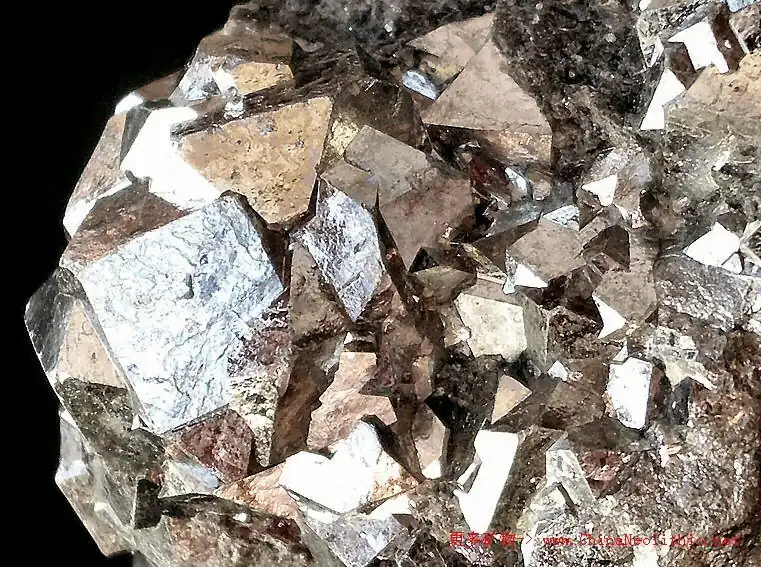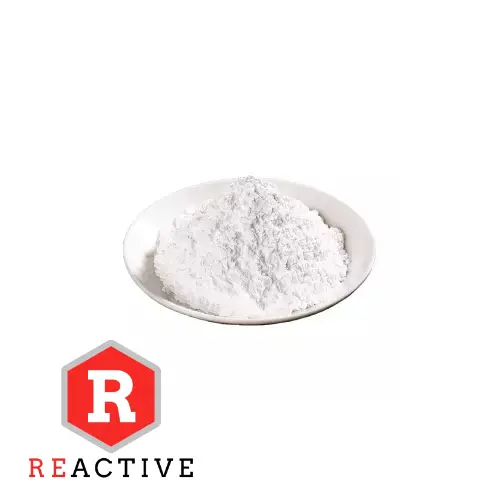Activated magnesium oxide, as a highly reactive chemical substance, its unique surface structure and chemical properties make it show a wide range of application potential in many industrial fields.
Hydrometallurgy, on the other hand, is a technology that utilizes an aqueous solution for metal extraction and refining, which is widely used in the extraction and processing of non-ferrous metals due to its advantages of low energy consumption, low environmental pollution, and high recovery rate. Cobalt, as an important strategic metal, is widely used in many fields such as battery materials, alloy manufacturing, catalysts and special steel production, etc. The optimization of its extraction technology is of great significance to enhance the efficiency of resource utilization and promote industrial upgrading.

Unique advantages of active magnesium oxide in hydrometallurgy cobalt extraction
- Efficient solubilization and selectivity
Activated magnesium oxide can be used as an effective catalyst or additive to promote the dissolution of cobalt minerals in aqueous solution in the process of hydrometallurgical cobalt extraction. Its high reactivity makes it easier for cobalt ions to be released from ores or wastes into the liquid phase system. At the same time, active magnesium oxide can also inhibit the dissolution of other impurity metals to a certain extent, improve the selectivity of cobalt extraction, and lay the foundation for the subsequent separation and purification steps. - Improve the solution environment
In the process of hydrometallurgy, the pH value of the solution environment, ionic strength and other factors have a significant impact on the dissolution and precipitation behavior of metals. The addition of active magnesium oxide can adjust the pH value of the solution, so that it is maintained in the range that is favorable to the dissolution of cobalt ions and unfavorable to the precipitation of impurity ions. In addition, the active magnesium oxide can also complex with some ions in the solution, change the chemical properties of the solution, and further optimize the cobalt extraction conditions. - Enhanced precipitation and separation
In the subsequent steps of hydrometallurgical cobalt extraction, it is usually necessary to separate cobalt from the solution by precipitation, filtration, extraction and other methods. The presence of active magnesium oxide can affect the formation rate and morphology of precipitates, making the cobalt precipitation process more efficient and controllable. At the same time, by adjusting the dosage of active magnesium oxide and the reaction conditions, the regulation of the particle size of the precipitate can also be achieved, optimizing the filtration and washing effect and reducing the loss of cobalt.
Process flow of active magnesium oxide hydrometallurgical cobalt extraction
Generally speaking, the process flow of active magnesium oxide hydrometallurgical extraction of cobalt includes steps such as ore crushing, grinding, leaching, solid-liquid separation, solution purification, cobalt precipitation and separation, and subsequent drying and smelting. In the leaching stage, activated magnesium oxide is mixed with ore or waste material and reacted under appropriate temperature and acidity conditions to bring cobalt ions into solution. Subsequently, insoluble materials are removed by solid-liquid separation, and the solution is purified to remove impurity ions. Finally, the cobalt precipitate is obtained through precipitation, filtration, washing and drying, and then smelted and processed into the final product.
Environmental benefits of hydrometallurgical extraction of cobalt from activated magnesium oxide
Compared with traditional pyrometallurgy and other hydrometallurgical technologies, active magnesium oxide hydrometallurgical cobalt extraction has significant advantages in environmental protection. Firstly, the process consumes less energy, reducing energy consumption and greenhouse gas emissions. Secondly, as the impurity ions in the solution are effectively removed, the difficulty of wastewater treatment is reduced, which is conducive to the realization of wastewater recycling and standard discharge. In addition, as a renewable resource, the recycling of activated magnesium oxide is also in line with the concept of green development.
Practical application cases and effect analysis
Taking the hydrometallurgical cobalt extraction project of a cobalt-containing waste slag as an example, the research team introduced activated magnesium oxide as a regulator in the leaching stage. The experimental results show that compared with the control group without active magnesium oxide, the leaching rate increased by about 15%, and the cobalt ion concentration in the leaching solution was more stable. In the subsequent precipitation process, the purity of the resulting cobalt product reached more than 99% by using activated magnesium oxide as the co-precipitant, which is much higher than the industry average. In addition, the resource recovery rate of the project has been significantly improved, realizing a win-win situation in terms of economic and environmental benefits.

